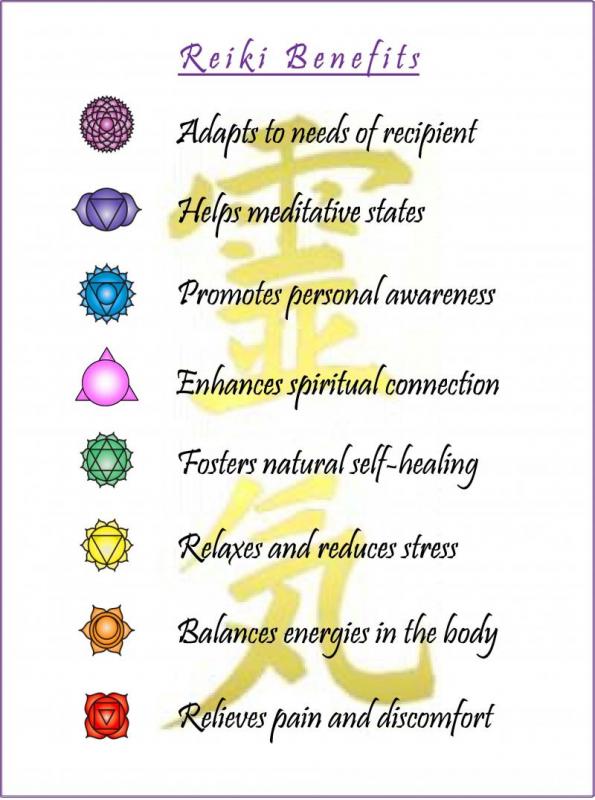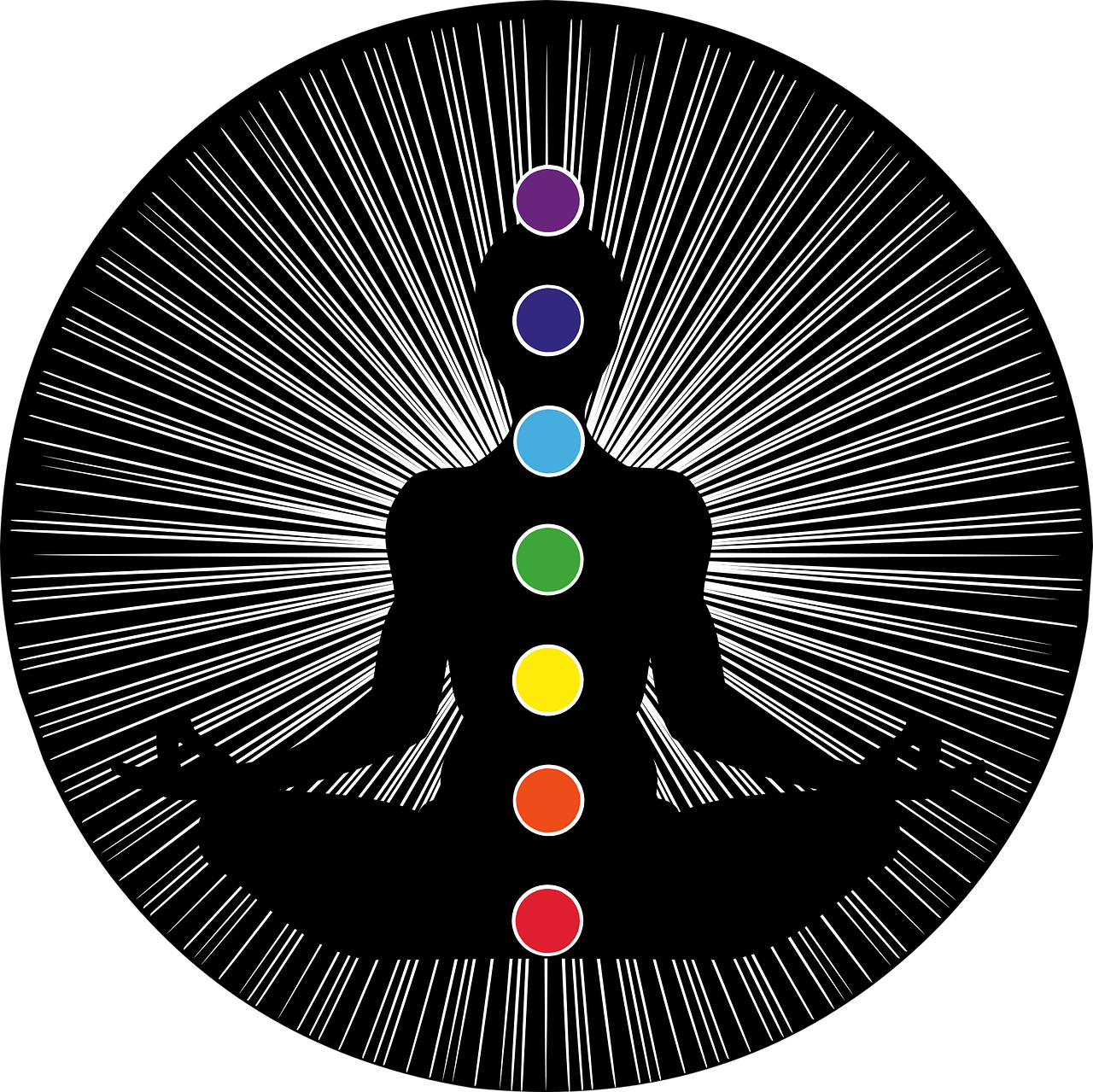In this article, you will learn about the difference between Reiki and Chakra Healing, two popular energy healing practices. You may have heard of these terms before, but perhaps were unsure of what exactly they entail. By the end of this article, you will have a clear understanding of how Reiki and Chakra Healing differ, and how they work to balance and restore the body’s energy. So let’s dive in!
Reiki and Chakra Healing are both methods of energy healing, but they focus on different aspects of the body’s energy system. Reiki, a Japanese practice, involves a practitioner channeling universal energy into the recipient’s body to promote relaxation and healing. It is a hands-on technique that can help to release blockages and balance the energy centers in the body. On the other hand, Chakra Healing is based on the belief that there are seven main energy centers, or chakras, in the body. Through various techniques such as meditation, visualization, and energy work, Chakra Healing aims to open, clear, and align these chakras to restore balance and promote well-being.
Overview of Energy Healing Practices
Understanding the concept of energy healing
Energy healing is a holistic approach that focuses on restoring balance and harmony to the body’s energy system. It operates on the belief that all living beings have an energy field, and when this energy field becomes disrupted or imbalanced, it can lead to physical, emotional, and spiritual ailments. Energy healing practices aim to clear blockages, align the energy centers, and promote a state of well-being.
Exploring different types of energy healing practices
There are various types of energy healing practices, each with its unique principles and techniques. Two commonly known practices are Reiki and Chakra Healing. While they both fall under the umbrella of energy healing, they differ in their approach, source of energy, and targeted areas of healing.
Introduction to Reiki
Origins and history of Reiki
Reiki, which means “universal life energy” in Japanese, was developed by Mikao Usui in the early 20th century. Usui was a Japanese Buddhist monk who sought a method for healing that transcended traditional medicine. Through meditation and spiritual practices, he claimed to have received the ability to channel healing energy from a higher source.
Principles and philosophy of Reiki
Reiki is based on five principles or ideals that guide the practitioner in their healing journey. These principles focus on cultivating compassion, gratitude, integrity, and personal growth. Reiki practitioners believe in the interconnectedness of all life and the power of love and intention in healing.
How Reiki works to balance and heal the energy system
Reiki works by the practitioner acting as a channel for universal life energy and transferring it to the recipient through their hands. The energy flows to where it is needed most, helping to clear blockages, release stagnant energy, and restore balance. It is a non-invasive and gentle practice that aims to support the body’s natural healing abilities.
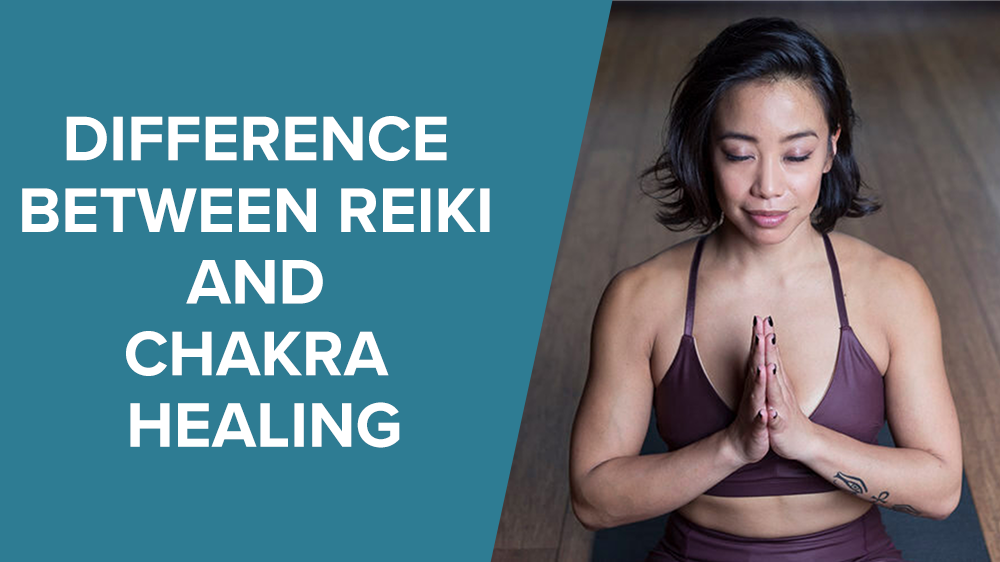
Exploring Chakra Healing
Understanding the chakra system
Chakra healing is based on the concept of energy centers, known as chakras, that are located throughout the body. There are seven main chakras, each associated with different aspects of our physical, emotional, and spiritual well-being. These chakras are believed to spin and vibrate at different frequencies, and when they are imbalanced or blocked, it can manifest as various ailments.
Functions and significance of each chakra
Each chakra has a specific function and significance. The Root chakra, located at the base of the spine, is associated with grounding and stability. The Sacral chakra, located in the lower abdomen, governs emotions and creativity. The Solar Plexus chakra, located in the upper abdomen, is associated with personal power and self-esteem. The Heart chakra, located in the center of the chest, governs love and compassion. The Throat chakra, located in the throat, is associated with communication and self-expression. The Third Eye chakra, located in the forehead, is associated with intuition and spiritual awareness. The Crown chakra, located at the top of the head, connects to the divine and higher consciousness.
Causes and symptoms of chakra imbalances
Chakra imbalances can be caused by various factors, including trauma, stress, negative emotions, and unhealthy lifestyle choices. The symptoms of chakra imbalances can manifest as physical discomfort, emotional distress, and spiritual disconnection. For example, an imbalanced Root chakra could result in feelings of insecurity and instability, while an imbalanced Heart chakra may lead to difficulties in forming meaningful relationships.
Different techniques used in chakra healing
Chakra healing involves various techniques to balance and align the energy centers. These techniques can include meditation, visualization, affirmations, sound therapy, crystal healing, and energy work such as Reiki. The goal is to remove blockages, restore the flow of energy, and promote overall well-being.
Key Differences Between Reiki and Chakra Healing
Focus and approach to healing
While both Reiki and chakra healing aim to restore balance and harmony to the energy system, they differ in their focus and approach. Reiki focuses on channeling universal life energy to the recipient, allowing the energy to flow where it is needed most. Chakra healing, on the other hand, focuses on specific energy centers and uses various techniques to balance and align them.
Source of healing energy
In Reiki, the healing energy is believed to come from a higher source and is channeled through the practitioner’s hands. It is seen as a divine or universal force that is accessible to all. In chakra healing, the energy is seen as the individual’s own life force energy, which can be balanced and optimized through various techniques and practices.
Application and techniques used
Reiki is a hands-on or hands-off practice where the practitioner places their hands on or near the recipient’s body to transfer healing energy. It is a gentle and non-invasive practice that can be applied to the whole body or specific areas of concern. Chakra healing, on the other hand, utilizes various techniques such as meditation, visualization, crystals, and sound to activate and balance each chakra individually.
Targeting specific energy centers or the whole system
Reiki aims to balance and heal the entire energy system as a whole. The energy flows to where it is needed most, addressing imbalances throughout the body. Chakra healing, on the other hand, focuses on specific energy centers and works to bring them into alignment individually. The practitioner may target specific chakras based on the recipient’s specific needs and imbalances.
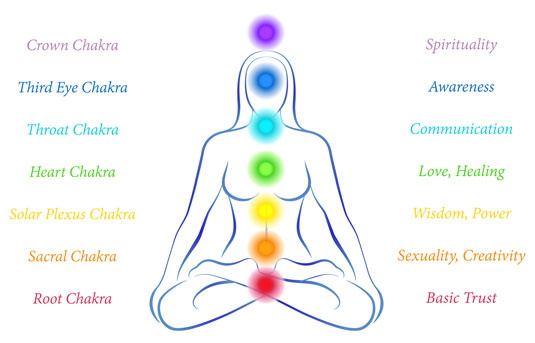
Benefits and Limitations of Reiki
Physical, emotional, and spiritual benefits
Reiki has been reported to provide numerous benefits to the recipient, including relaxation, stress reduction, pain relief, improved sleep, enhanced emotional well-being, and a sense of spiritual connection. It can also support the body’s natural healing process and promote overall balance and harmony.
Empowering self-healing and personal growth
One of the significant benefits of Reiki is that it empowers individuals to take an active role in their own healing journey. Through receiving or learning Reiki, individuals can access a tool for self-care and personal growth. It encourages self-awareness, mindfulness, and a deeper understanding of one’s energetic state.
Potential limitations and considerations
It is essential to note that while Reiki can be beneficial, it is not a replacement for traditional medical treatment. It should be used as a complementary practice to support overall well-being. Additionally, the effectiveness of Reiki may vary from person to person, and the results may not be immediate or guaranteed.
Advantages and Disadvantages of Chakra Healing
Holistic approach to overall well-being
Chakra healing takes a holistic approach to healing by addressing the root causes of imbalances in the energy system. By acknowledging the interconnectedness of physical, emotional, and spiritual aspects, chakra healing aims to promote overall well-being and balance in all areas of life.
Addressing root causes of health issues
Chakra healing delves into the underlying emotional and energetic imbalances that contribute to physical and mental ailments. By working on the chakras and restoring balance, chakra healing aims to address the root causes of health issues, rather than solely focusing on symptom relief.
Possible challenges and limitations
Chakra healing requires regular practice and self-reflection to be effective. It may take time and patience to identify imbalances and work towards their resolution. Additionally, it is important to have a deep understanding of the chakra system and its functions to utilize chakra healing effectively.
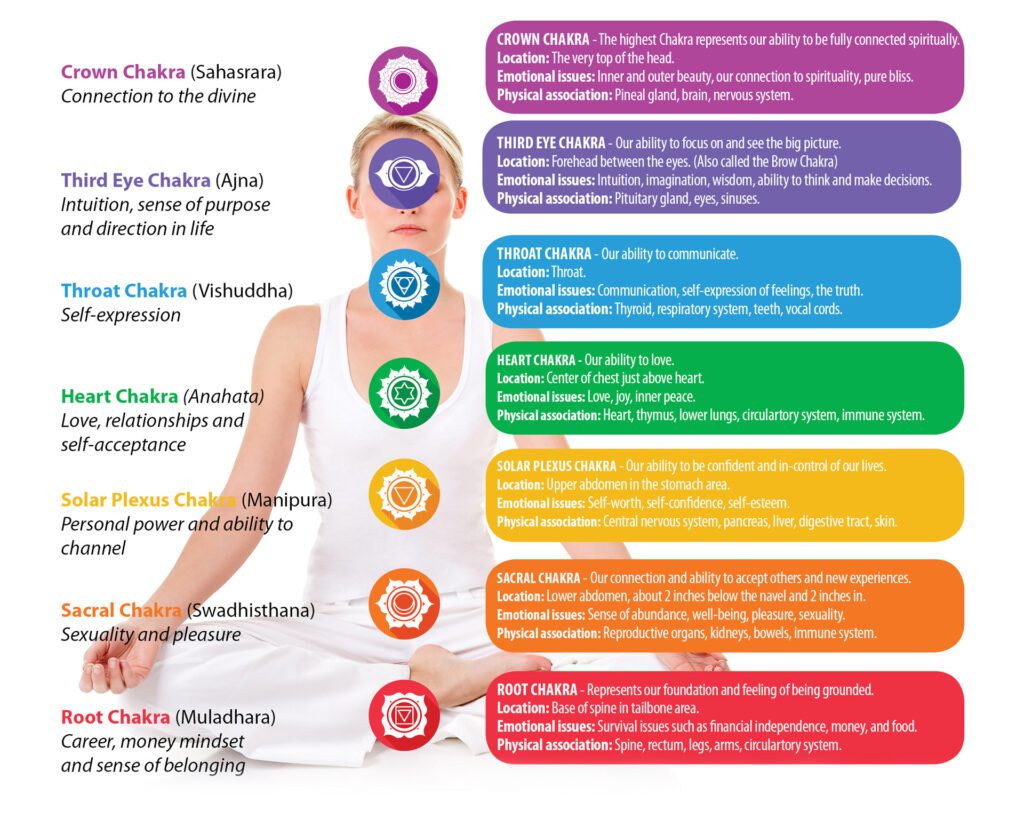
Integration of Reiki and Chakra Healing
Combining the principles and techniques
Reiki and chakra healing can be integrated to create a synergistic healing approach. By incorporating Reiki techniques into chakra healing practices, practitioners can enhance the flow of energy and create a deeper connection with the universal life force energy. This integration allows for a more comprehensive and personalized healing experience.
Enhancing the effectiveness of energy healing
The combination of Reiki and chakra healing can enhance the effectiveness of energy healing by addressing both the overall energy system and specific chakra imbalances. This integration allows for a more targeted and comprehensive approach to healing, promoting balance and harmony on multiple levels.
Experiencing a synergistic healing approach
When Reiki and chakra healing are combined, individuals can experience a synergistic healing approach that encompasses the physical, emotional, and spiritual aspects of their being. This integration can deepen the healing process and support individuals in their overall well-being and personal growth.
Choosing the Right Energy Healing Practice
Assessing individual needs and preferences
When deciding on an energy healing practice, it is important to assess your individual needs, preferences, and goals. Consider the specific areas of your life that you would like to address and the type of healing experience you are seeking. Reflect on what resonates with you and what aligns with your personal beliefs and values.
Consulting with experienced practitioners
Seeking guidance from experienced practitioners can provide valuable insights and support in choosing the right energy healing practice. Consult with practitioners who specialize in Reiki and/or chakra healing and discuss your goals and concerns. Their expertise and experience can help guide you towards the most suitable practice for your healing journey.
Considering personal beliefs and goals
Your personal beliefs and goals play a significant role in choosing the right energy healing practice. Take into consideration your spiritual beliefs, cultural background, and personal values. Reflect on whether you resonate more with the divine energy of Reiki or the individual life force energy of chakra healing. Choose the practice that aligns with your beliefs and resonates with your goals.
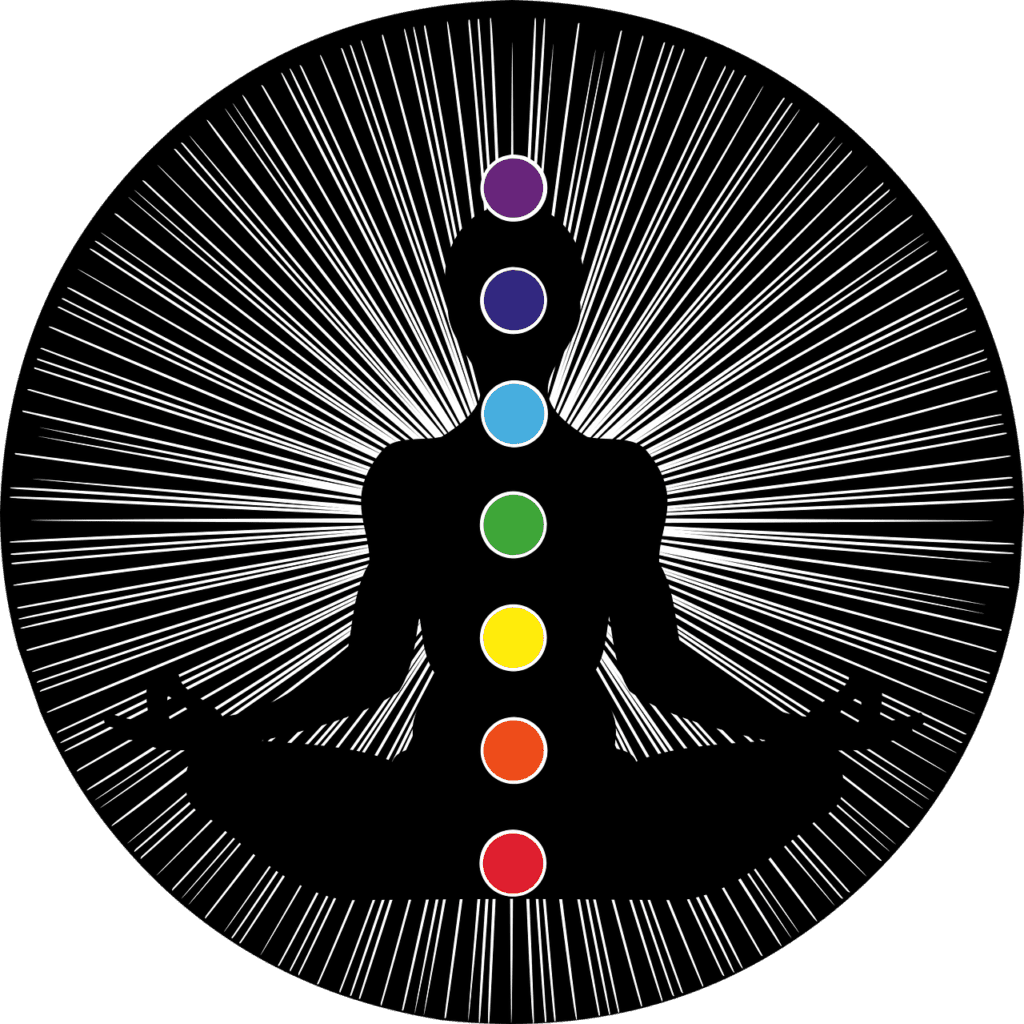
Exploring Other Energy Healing Modalities
Acupuncture and Traditional Chinese Medicine
Acupuncture, an ancient Chinese healing modality, involves the insertion of thin needles into specific points along the body’s meridian system. It aims to balance the flow of Qi (life force energy) and restore health and vitality. Traditional Chinese Medicine utilizes acupuncture along with herbal medicine, diet, and lifestyle recommendations for overall well-being.
Crystal healing and gemstone therapy
Crystal healing involves the use of crystals and gemstones to balance and harmonize the body’s energy system. Each crystal has its unique properties and vibrations that can be utilized to address specific imbalances or bring about desired energetic shifts. Crystal healing can be utilized on its own or in combination with other energy healing practices.
Sound healing and vibrational medicine
Sound healing utilizes various sound frequencies and vibrations to restore balance and harmony to the body’s energy system. It can involve the use of instruments such as Tibetan singing bowls, tuning forks, or chanting. The vibrations and frequencies produced by these tools are believed to resonate with the body’s cells and energy centers, promoting healing and relaxation.
Conclusion
In conclusion, Reiki and chakra healing are two energy healing practices that operate on different principles and techniques. While Reiki focuses on channeling universal life energy to heal and balance the energy system as a whole, chakra healing works specifically on the individual energy centers to promote overall well-being. By understanding the differences and similarities between these practices, individuals can make an informed decision in choosing the right energy healing modality for their personal healing journey. Whether it’s Reiki, chakra healing, or another energy healing practice, the key is to find what resonates with you and supports your goals and beliefs.
